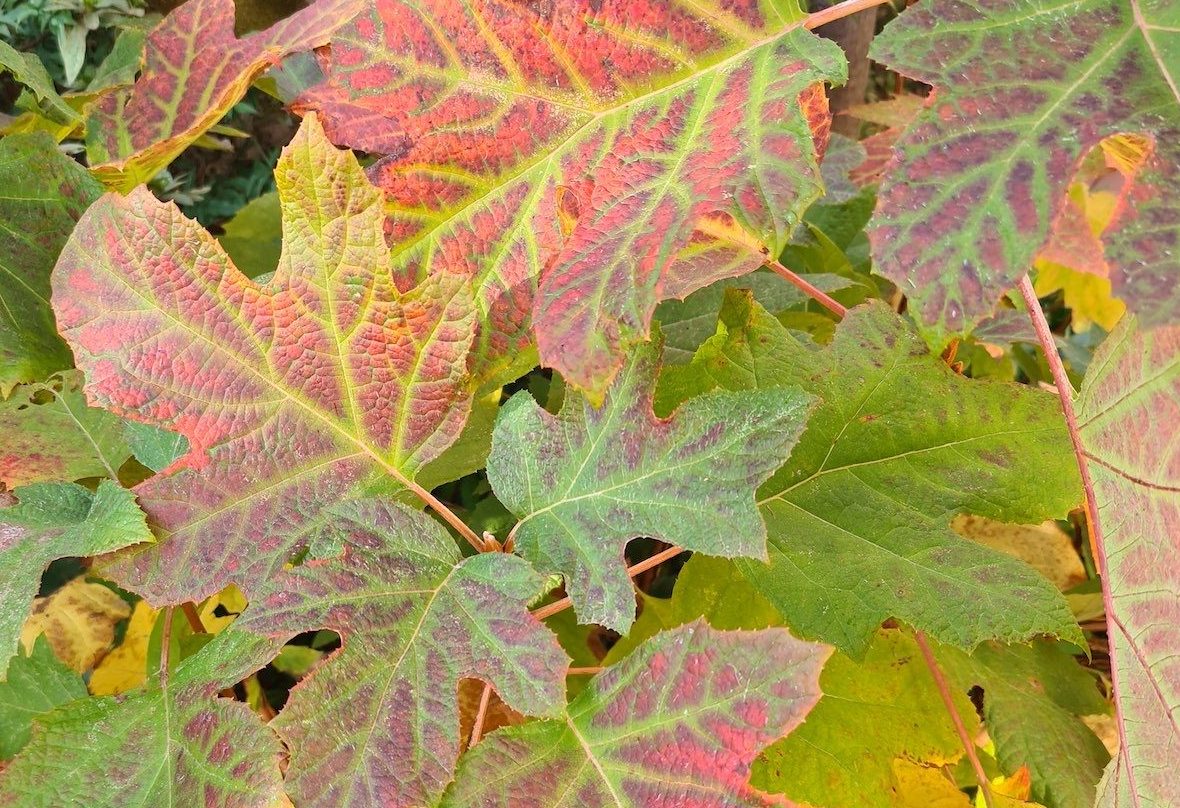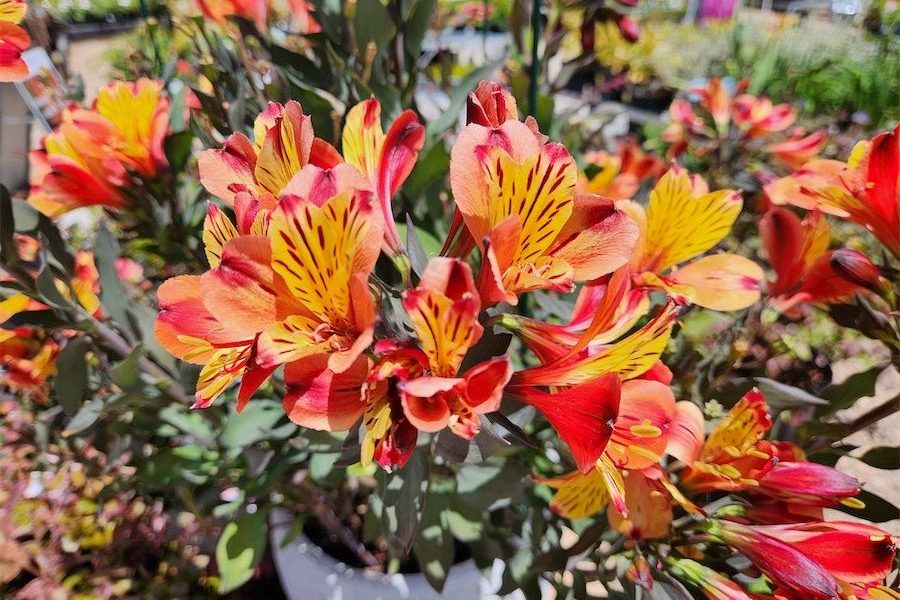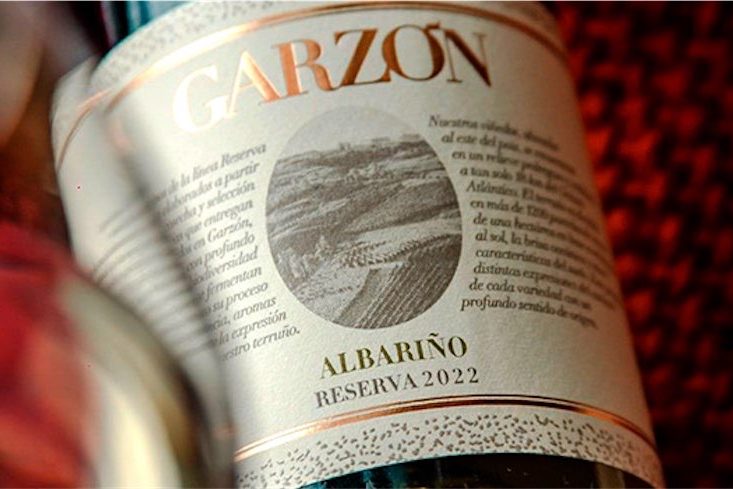
Gardening writer JACKIE WARBURTON wonders about what’s gone wrong for the disappearing claret ash trees in Canberra.
THE claret ash tree has been a popular tree to plant in suburban Canberra gardens over recent decades.

More formally known as Fraxinus oxycarpa “Raywoodii”, it’s a fast-growing, terrific tree grown for its scarlet foliage in autumn. The species originated from SA in the early 1900s when an unusual-looking tree was spotted at a tree nursery. It was noted for the vibrant autumnal colour. From there it was propagated and named after the nursery.
The original tree is no more and, unfortunately, in Canberra its presence has slowly declined over the years due to crown dieback and environmental conditions. It’s now not considered a long-lived tree in our region.
Dieback takes several seasons to slowly kill this species of ash tree. The older the tree, the larger the trunk, the more likely there will be dieback in the tree.
What sets this tree into decline is unknown and the only suggestions so far are that environmental conditions and the presence of fungal diseases are to blame. There appears to be no cure, either.
Anyone with a claret ash tree needs to ensure its roots are not exposed and keep the ground mulched.
The one species of ash tree unaffected by dieback is golden ash (Fraxinus aurea). With butter-yellow leaves in autumn, it’s a great shade tree and shows an unusual yellow bark in winter.
Fraxinus angustifolia is commonly used as a rootstock (and an unattractive street tree).
Rootstock of an ash tree can be problematic and outgrow its grafted plant if not cut away when the tree is young.
It’s best spotted when there is different autumn colour on the one tree and, in this case, all the root stock needs to be moved to prevent two different trees growing and creating a messy looking single tree.

IT’S time to get the ground ready for planting deciduous trees by turning over the soil, adding compost and ensuring the area is weed free and kept moist.
There are so many trees to choose from and the best plants to look for will be what grows well in your suburb and what the neighbours are growing.
Most deciduous trees require watering for their first summer to encourage strong and healthy root systems that are less likely to damage permanent structures such as paving and retaining walls in the future.
My favourite trees for planting at the moment are ornamental apple trees such as Malus ioensis “Plena” or “Rubra”, which is a little more different to grow with amazing orange/copper foliage in the autumn and deep red blossoms in the spring, whereas Plena has soft blush-pink flowers in the spring.
Once the right tree is chosen for the right spot, a terrific understory plant that can be used is oak leaf hydrangea (Hydrangea quercifolia).
The large, green, oak-shaped leaves display gorgeous autumnal colour in the winter just before leaf fall and is a medium shrub that grows 1.5 metres tall and the same in width. It also makes a terrific choice for a pot.
This hydrangea doesn’t flower well if it is too shady and likes a bit more sun and, like all hydrangeas, prefers morning sun and good drainage.
This variety is not as thirsty as its counterpart and doesn’t mind tougher conditions.
In summer it’s covered with clusters of long-lasting, cream flowers that do well as a cut flower for the house.
Once the leaves have fallen, they can be pruned to maintain their shape and to keep them compact.
Jottings
- Plant bulbs such as tulips and Dutch iris, and all other spring bulbs.
- Water earlier in the day if frosts are expected.
- Plant polyanthus, primula, poppies and pansies for lasting winter colour.
Who can be trusted?
In a world of spin and confusion, there’s never been a more important time to support independent journalism in Canberra.
If you trust our work online and want to enforce the power of independent voices, I invite you to make a small contribution.
Every dollar of support is invested back into our journalism to help keep citynews.com.au strong and free.
Thank you,
Ian Meikle, editor





Leave a Reply